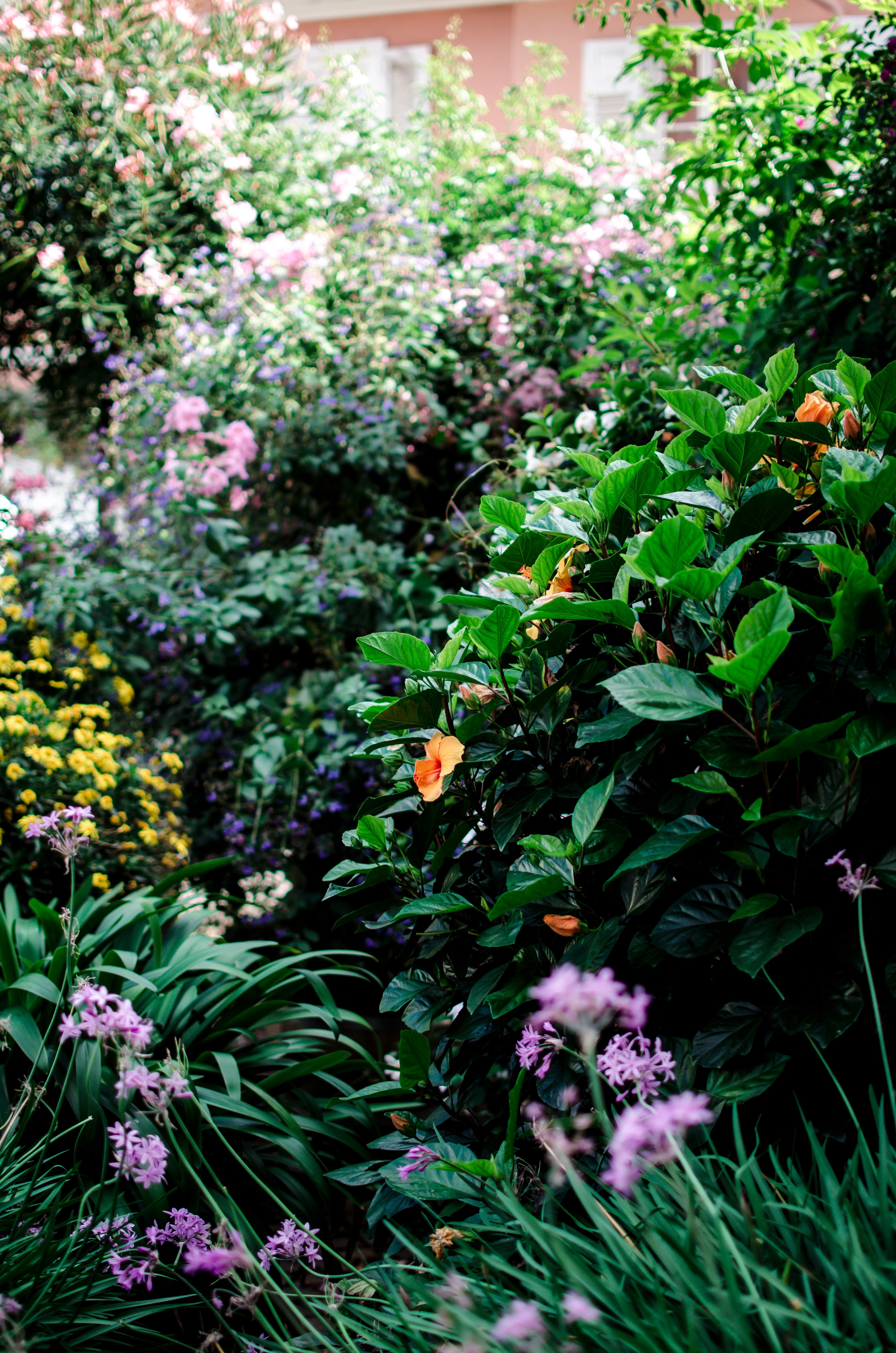
Jan 12, 2022
Fall Garden Clean-Up: Essential Tasks for a Healthy Garden
Remove Spent Plants and Debris
The first step in fall garden clean-up is to remove spent plants and debris from your garden beds. Cut back dead or dying foliage, and remove any fallen leaves, weeds, and other organic debris that can harbor pests and diseases. Clearing away debris will not only improve the appearance of your garden but also help to prevent the spread of pests and pathogens.
Divide and Transplant Perennials
Fall is an ideal time to divide and transplant perennials that have become overcrowded or outgrown their space. Dig up clumps of perennials such as hostas, daylilies, and ornamental grasses, and carefully separate them into smaller divisions using a sharp knife or shovel. Replant divisions in well-amended soil, and water them thoroughly to help them establish roots before winter.
Plant Spring-Blooming Bulbs
Fall is also the perfect time to plant spring-blooming bulbs such as tulips, daffodils, and crocuses for a burst of color in the early spring. Choose a sunny, well-drained location for planting, and dig holes to the recommended depth for each type of bulb. Place bulbs in the holes with the pointed end facing up, and cover them with soil. Water bulbs thoroughly after planting to help them settle in and initiate root growth.
Prune Trees and Shrubs
Pruning trees and shrubs in the fall can help to remove dead or diseased branches, improve air circulation, and promote healthy growth. Use clean, sharp pruning tools to make clean cuts, and remove any branches that are crossing or rubbing against each other. Avoid pruning spring-blooming shrubs such as lilacs and forsythia, as this can remove next year's flower buds.
Clean and Store Garden Tools
Don't forget to clean and store your garden tools and equipment before winter sets in. Wash tools with soap and water to remove dirt and debris, and dry them thoroughly to prevent rusting. Sharpen blades on pruners, shears, and shovels, and oil metal parts to prevent corrosion. Store tools in a dry, protected area such as a shed or garage to keep them in good condition for the next gardening season.
Prepare Garden Beds for Winter
Finally, take the time to prepare your garden beds for winter by adding a layer of mulch or compost to protect plants and soil from freezing temperatures and fluctuating weather conditions. Mulch also helps to suppress weeds, conserve moisture, and regulate soil temperature, creating a cozy environment for plants to overwinter.



